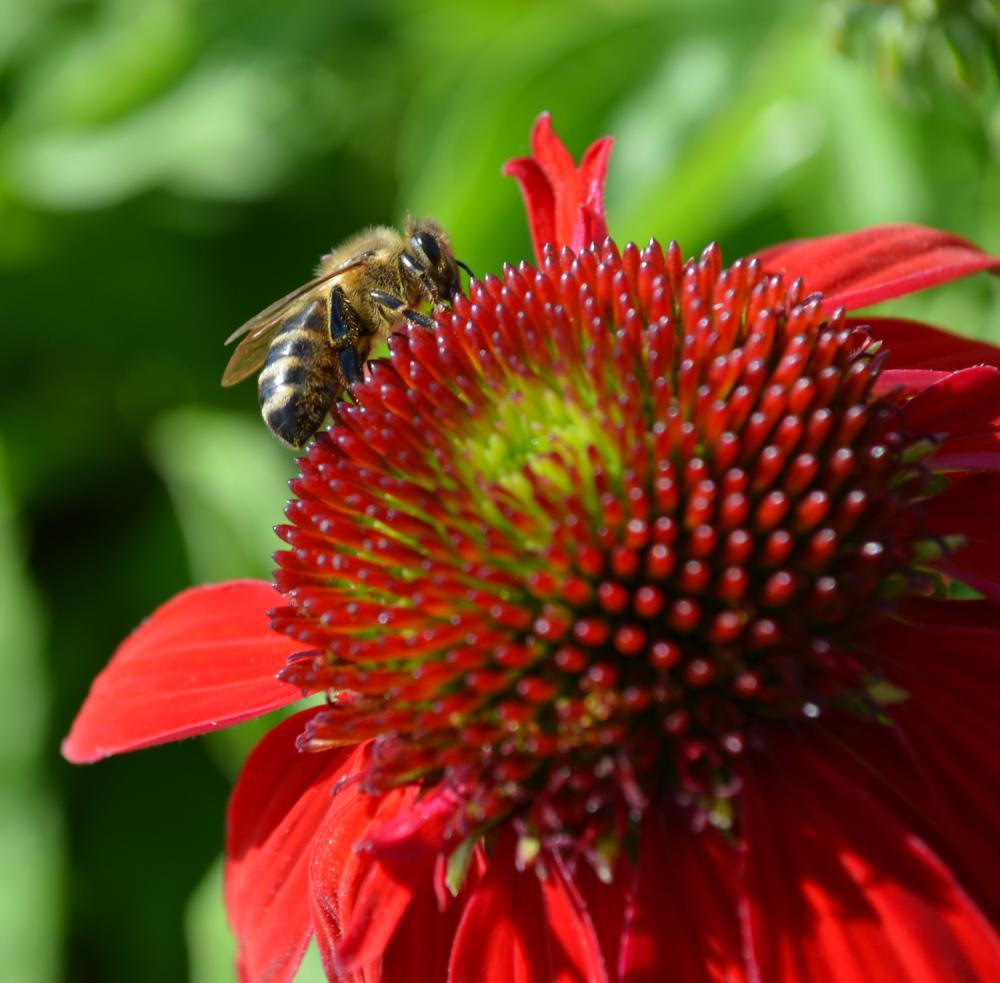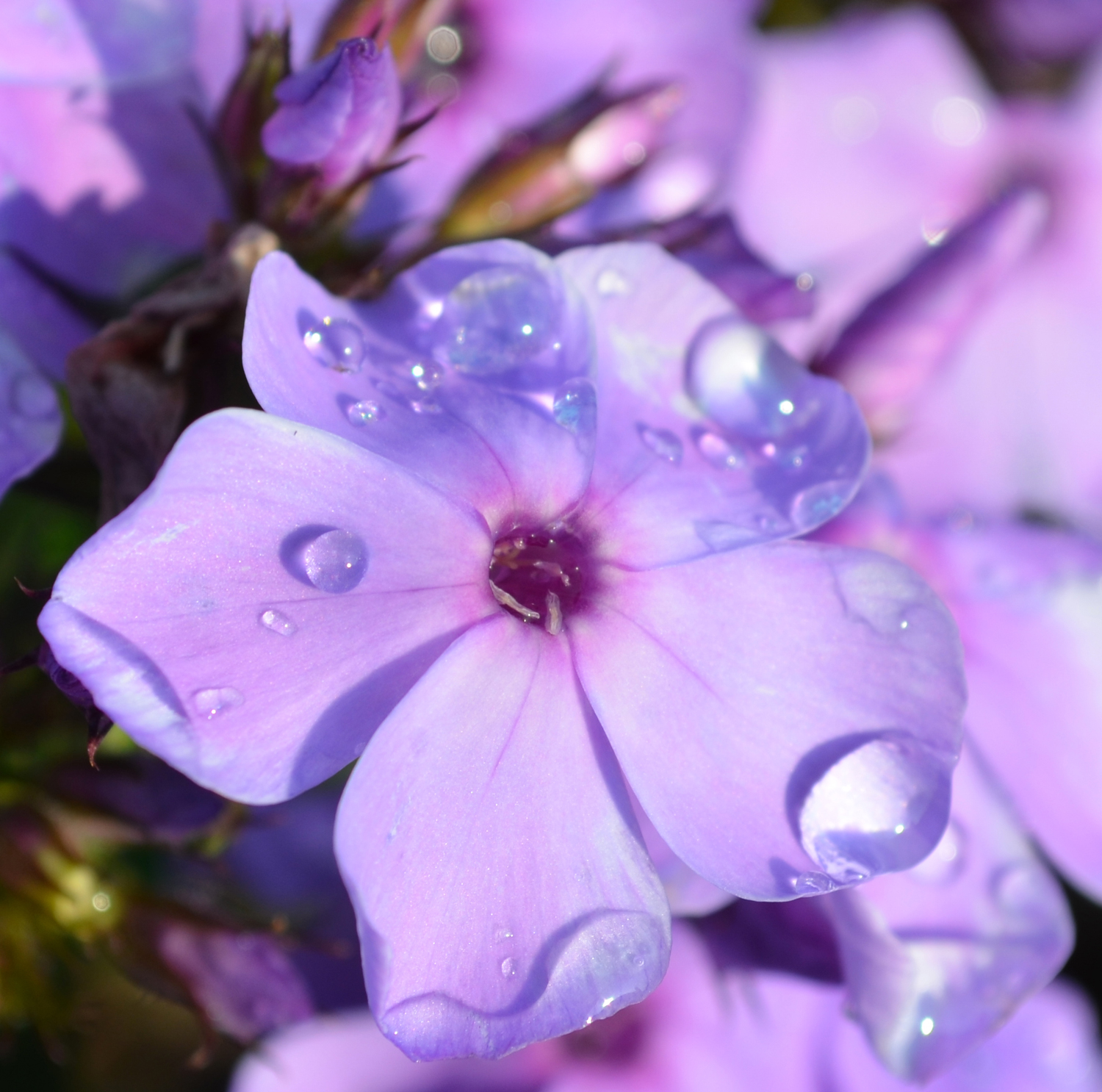Mukgenia, Red Leafed 'NOVA® Flame'



Out of stock
Coming soon, still growing- Sun Preference
- Full-Sun, Part-Sun, No-Sun
- Bloom Time
- April, May
Description
A cross between Bergenia and Mukdenia featuring serrated, thick, leathery leaves that turn lovely red shades in the fall before going dormant. Dark pink flowers in the spring are a beautiful complement to the glossy green foliage.
Minnesota's Largest Selection of Perennials
Discover an unparalleled selection of perennials at Gertens! With the largest variety in Minnesota, we offer endless options of colorful perennials, natives, and pollinator plants to beautify your garden year after year. From vibrant flowers to lush foliage, our perennials are perfect for adding beauty and charm to your outdoor space. Visit Gertens today and see why we're known as Minnesota's Destination Garden Center!
Details
NOVA® Flame Mukgenia | Mukgenia 'Flame'
Plant Height: 8 inches
Flower Height: 13 inches
Spacing: 12 inches
Sunlight: full sun to full shade
Hardiness Zone: 3a
Group/Class: NOVA series
Brand: Terra Nova Nurseries
Description:
A woodland treasure that forms a low mound of long lasting, thick, leathery leaves that mature to deep green, with stunning crimson tips; showy spikes of deep rose flowers tower above the mounded foliage in spring; excellent for containers or edging
Ornamental Features
NOVA® Flame Mukgenia features dainty spikes of rose bell-shaped flowers rising above the foliage from early to mid spring. Its attractive glossy round palmate leaves emerge coppery-bronze in spring, turning dark green in color with prominent crimson tips and tinges of coppery-bronze throughout the season. The dark red stems can be quite attractive.
Landscape Attributes
NOVA® Flame Mukgenia is an herbaceous perennial with tall flower stalks held atop a low mound of foliage. Its relatively coarse texture can be used to stand it apart from other garden plants with finer foliage.
This is a relatively low maintenance plant, and is best cleaned up in early spring before it resumes active growth for the season. It has no significant negative characteristics.
NOVA® Flame Mukgenia is recommended for the following landscape applications;
- Mass Planting
- Border Edging
- General Garden Use
- Container Planting
Planting & Growing
NOVA® Flame Mukgenia will grow to be about 8 inches tall at maturity extending to 13 inches tall with the flowers, with a spread of 14 inches. When grown in masses or used as a bedding plant, individual plants should be spaced approximately 12 inches apart. Its foliage tends to remain low and dense right to the ground. It grows at a medium rate, and under ideal conditions can be expected to live for approximately 10 years. As an herbaceous perennial, this plant will usually die back to the crown each winter, and will regrow from the base each spring. Be careful not to disturb the crown in late winter when it may not be readily seen!
This plant performs well in both full sun and full shade. It does best in average to evenly moist conditions, but will not tolerate standing water. It is not particular as to soil pH, but grows best in rich soils. It is somewhat tolerant of urban pollution. This particular variety is an interspecific hybrid. It can be propagated by division; however, as a cultivated variety, be aware that it may be subject to certain restrictions or prohibitions on propagation.
NOVA® Flame Mukgenia is a fine choice for the garden, but it is also a good selection for planting in outdoor pots and containers. It is often used as a 'filler' in the 'spiller-thriller-filler' container combination, providing a mass of flowers and foliage against which the larger thriller plants stand out. Note that when growing plants in outdoor containers and baskets, they may require more frequent waterings than they would in the yard or garden. Be aware that in our climate, most plants cannot be expected to survive the winter if left in containers outdoors, and this plant is no exception. Contact our experts for more information on how to protect it over the winter months.
More Information
| Common Family Name | Red Leafed Mukgenia |
|---|---|
| Gerten Grown Plants | Gerten Grown Plants |
| Sun Preference | Full-Sun, Part-Sun, No-Sun |
| Bloom Time | April, May |
| Mature Spread (Range) | 12" - 24" |
| Mature Height (Range) | 7-12" |
| USDA Hardiness Zone | 3, 4, 5, 6, 7, 8, 9 |


